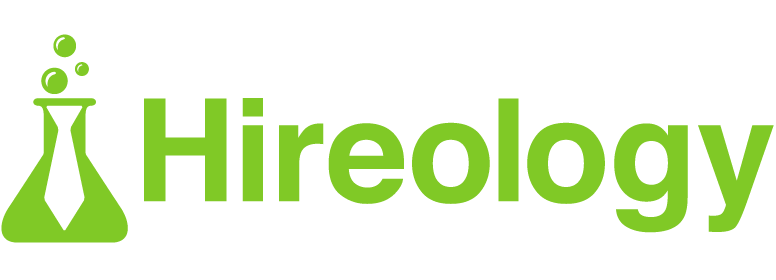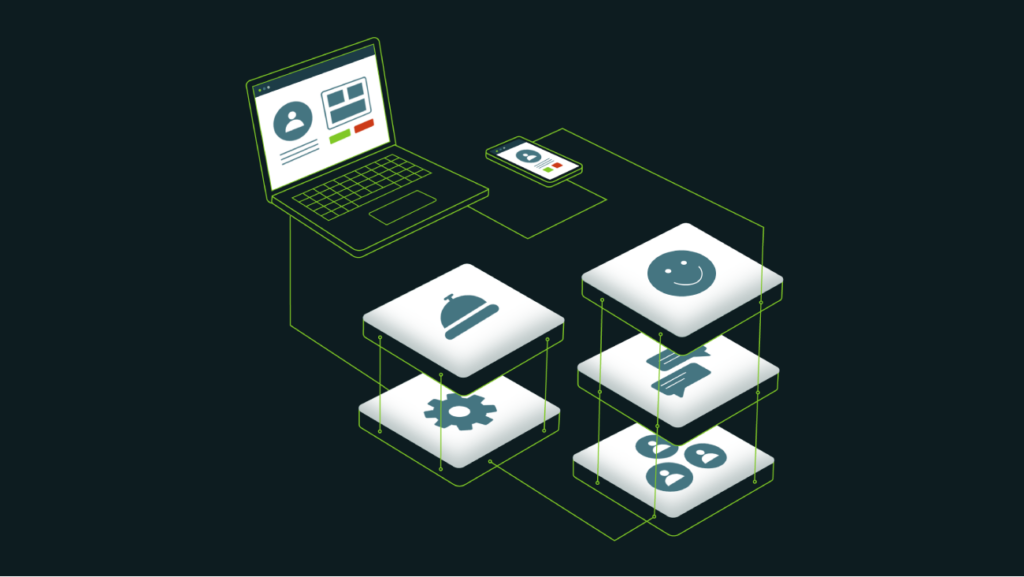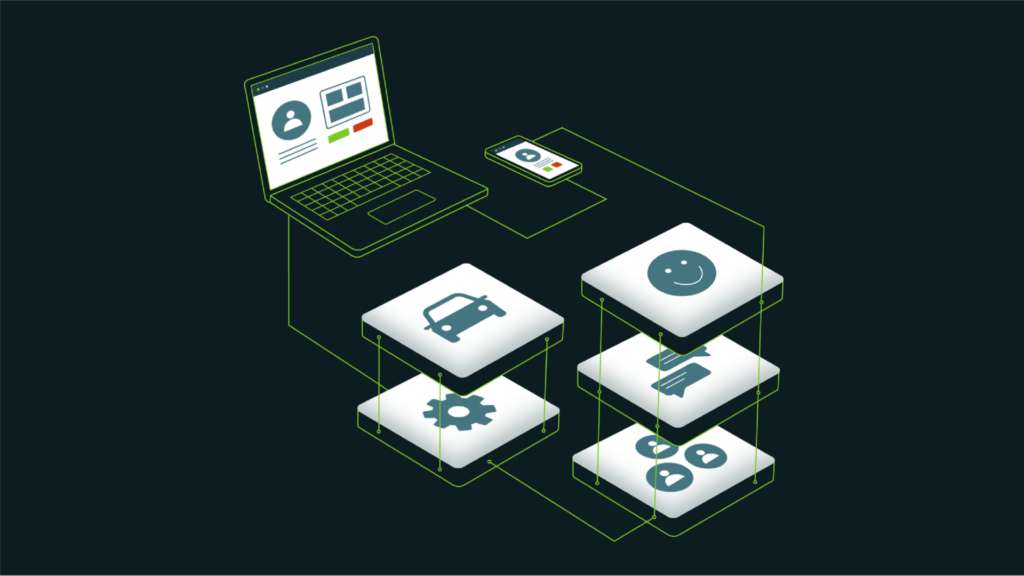You’re probably well aware that one of the quickest ways to keep employees happy is by being punctual and accurate with their earnings. Another way to gain their loyalty? Protect their personal information from misuse by malicious entities.
The easiest way to do this is by utilizing integrated software for all of your HR needs — from recruiting to hiring to managing day-to-day employee activities and payroll. These types of platforms securely sync sensitive information between one another. The benefit here is two-fold: on the one hand, your employee’s private data is more secure than ever before, while on the other, your HR team receives time back in their day that would otherwise be spent manually entering the same information.
Before we dive into the top five ways your business can protect your employees, first we need to understand the different types of information that these criminals are after. This type of employee data includes:
- Drug test results
- Employee medical issues (FMLA included)
- Performance review and termination records
- Payroll information, like personal bank account numbers
- Information required for employment, like Social Security numbers, driver’s license numbers, etc.
- Workers’ compensation
- Salaries, raises, bonuses, and other compensation information
- Employee healthcare coverage and other benefits
- Confidential information regarding company restructuring, expansions, or layoffs
- Any disciplinary actions or workplace complaints
The good news is that by actively planning and implementing appropriate measures — in addition to applying integrated technology stacks — you can eliminate many of the ways that hackers can illegally retrieve this data.
Looking for a new payroll provider but don’t know how to find the right one for your business? Check out Hireology’s Payroll Buyers’ Guide for tips and tricks.
![]()
Preventative measures to armor your employee data
This may seem obvious to many, but in payroll as with sports, the best defense is a great offense. In order to set your business up for success, we’ve rounded up the top five ways you can protect your payroll and overall boost your data security.
Has there been a recent data breach? Is there a new integration available? These are questions that your HR team should constantly be informed about when it comes to software security.
Sometimes, your team will be pleasantly surprised — especially if a new integration makes their lives easier. When new partnerships arise between payroll software and an ATS, a large chunk of in-house work (think payroll, manually entering data for each new hire, and so forth) can be seamlessly transferred and processed without worry.
2. Schedule regularly data security training — for everyone
If a breach does occur, it’s likely that it wasn’t the fault of anyone in the HR department. In this case, phishing emails or unsafe files were probably introduced elsewhere in the organization and the hacker knew exactly what they had to do to reach the sensitive information they wanted.
One way to make sure there’s no way for bad actors to have access to your company’s servers — and all of the employee data there — is to hold regular data security training for everyone in your organization. While you should originally touch on the most common ways hackers creep into workplaces during your onboarding training, it is important to continue this educational practice at least once a year. These training sessions are necessary so that there’s not even an inkling of a chance for data theft to occur on your watch; when everyone is on the same page and aware of current cyber security threats, your overall team can act cohesively when something fishy happens.
3. IT members are your BFFs
Just like a security team guards your physical building, your IT staff is your first line of defense against nefarious intruders. Fostering a close relationship with them should be a top priority for everyone on your HR team for a few reasons:
- They often have technical understanding of the tools you use, like applicant tracking systems and payroll technologies
- They can fix everything from printer malfunctions to server connectivity issues
- Their roles include in depth understandings of modern technology threats
One caveat: if someone with malicious intent has physical access to your computers, it is nearly impossible for your IT team to protect you from a threat.
4. 123456 is not an appropriate password (ever!)
This shouldn’t have to be said in 2022, but if anyone on your staff is still using simple, easy-to-guess passwords like “123456” or “qwerty,” your systems are at risk for an attack.
A simple way to crack down on this weakness is by setting up password enablements that require specific parameters like:
- Special characters (examples: !@$%&*}[)
- A combination of uppercase and lowercase letters
- Unique passwords that cannot be reused
- Regularly requiring a change in passwords every month or quarter
- The inclusion of numbers
Areas that should require passwords to access include ones that everyday employees do not need to access, but managers and supervisors might. By carefully allowing access via protected passwords, you add another layer of security. Secondly, any access to encrypted information — like sensitive employee data — should be behind a password as well to protect your employees even further.
5. Employee offboarding is just as important — if not more — than onboarding
As mentioned earlier, if a hacker has physical access to your network/computers, there’s no way to prevent an attack. This is one reason why documenting and following offboarding procedures are so important, even if an employee is leaving on good terms.
A great offboarding process marks the end of the employee lifecycle with your company; it should include an exit interview where a HR representative asks the regular questions about their experience with the company, any suggestions for improvements, and the like. However, it is most important to retrieve any ID badges or keys that grant access to the physical office, along with any company hardware that allows access to the company network. This is dual purpose: it serves as a clean break between the individual and the company while also maintaining safety protocols for your business.
See how an all-in-one hiring and HR platform can help you keep your employee data safe.
Keeping your employees safe and their information secure is a full-time job in and of itself — but with payroll tools that integrate with other systems in your technology stack, it doesn’t have to be. Integrated hiring and HR software, like Hireology + Netchex, allow for seamless and secure transfer of employee data once you’ve confirmed your next hire. To see the difference Hireology + Netchex can make for your business, schedule a 1:1 demo today!





